Wine is truly a timeless treasure. Its storage is essential if you’re a passionate fan of wine or an occasional drinker. Of course, we don’t want to find our precious wines to taste bad or be spoiled.
The truth is, not every one of us has the privilege of having our wine cellars. However, when a wine is preserved and appropriately stored, it can last for a long time. On the other hand, poor storage can ruin even the most excellent wines across the globe.
In this article, we collect ten easy tips on how you can store your wine correctly. Following these simple guidelines can keep your wine fresh until you drink them.
1. Consider the Wine You Want to Keep in Storage
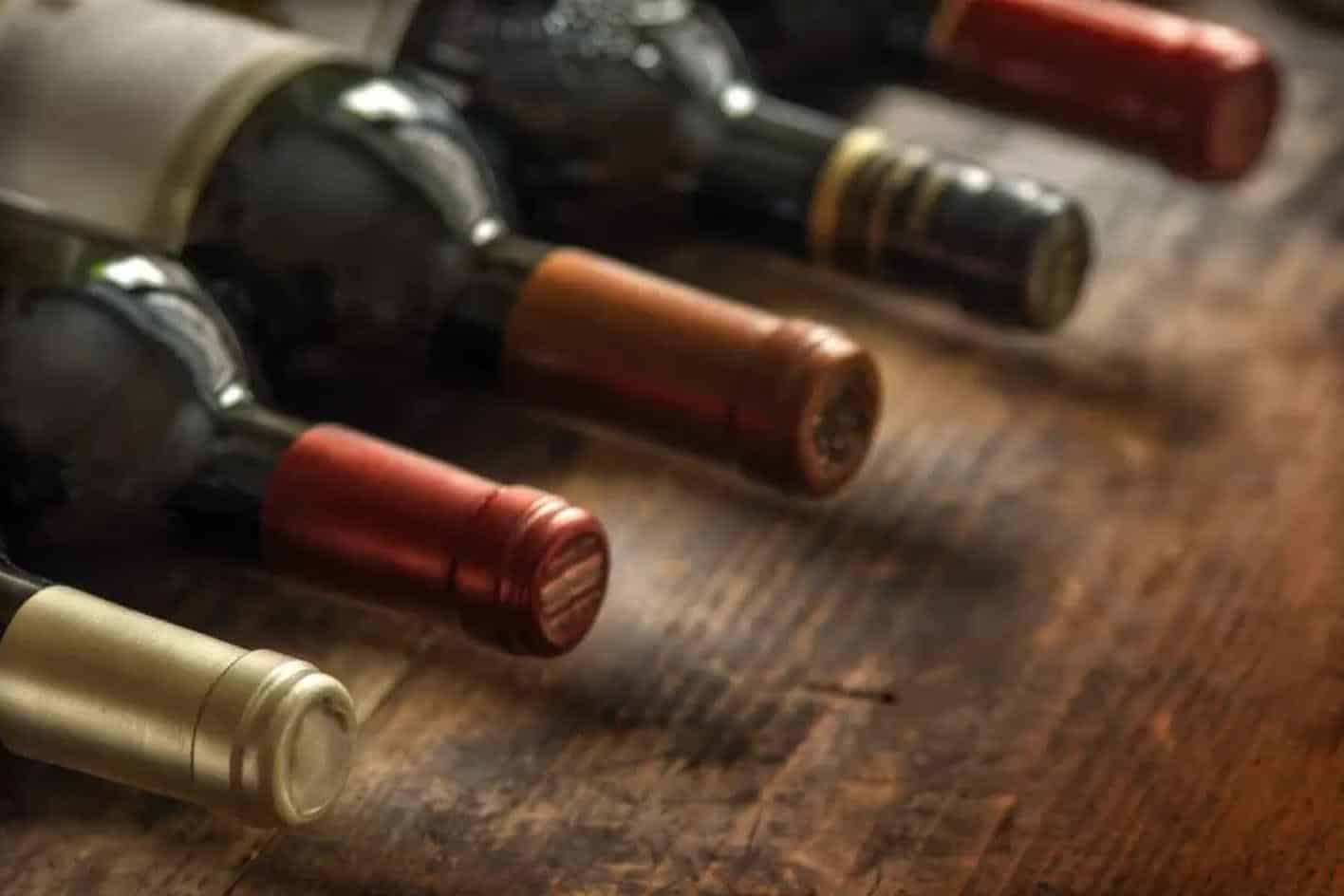
Before anything else on our list, the first step regarding wine-keeping is to have a quick evaluation of the wine you want to put in your storage.
What is the kind of wine you want to store and preserve? Do you have a wine cellar? Do you plan to keep your wine at home? How long before you plan to open and consume your wine?
These are the common questions you must keep in mind concerning wine storage. As you may know, most of the wines available in the market are not meant for aging or storage in a wine cellar.
For example, a $20 wine bottle would not last for several years. This type of wine would most probably spoil or go bad.
On the other hand, refined and luxurious wines can last for decades and taste better as they age. A wine cellar is an excellent investment if you own this wine. But of course, one thing is sure.
Once you decide to keep a bottle of wine rather than drink it instantly, there are a few guidelines you need to remember. These tips include appropriate temperature, humidity, and sunlight.
2. Place Wine at the Proper Temperature
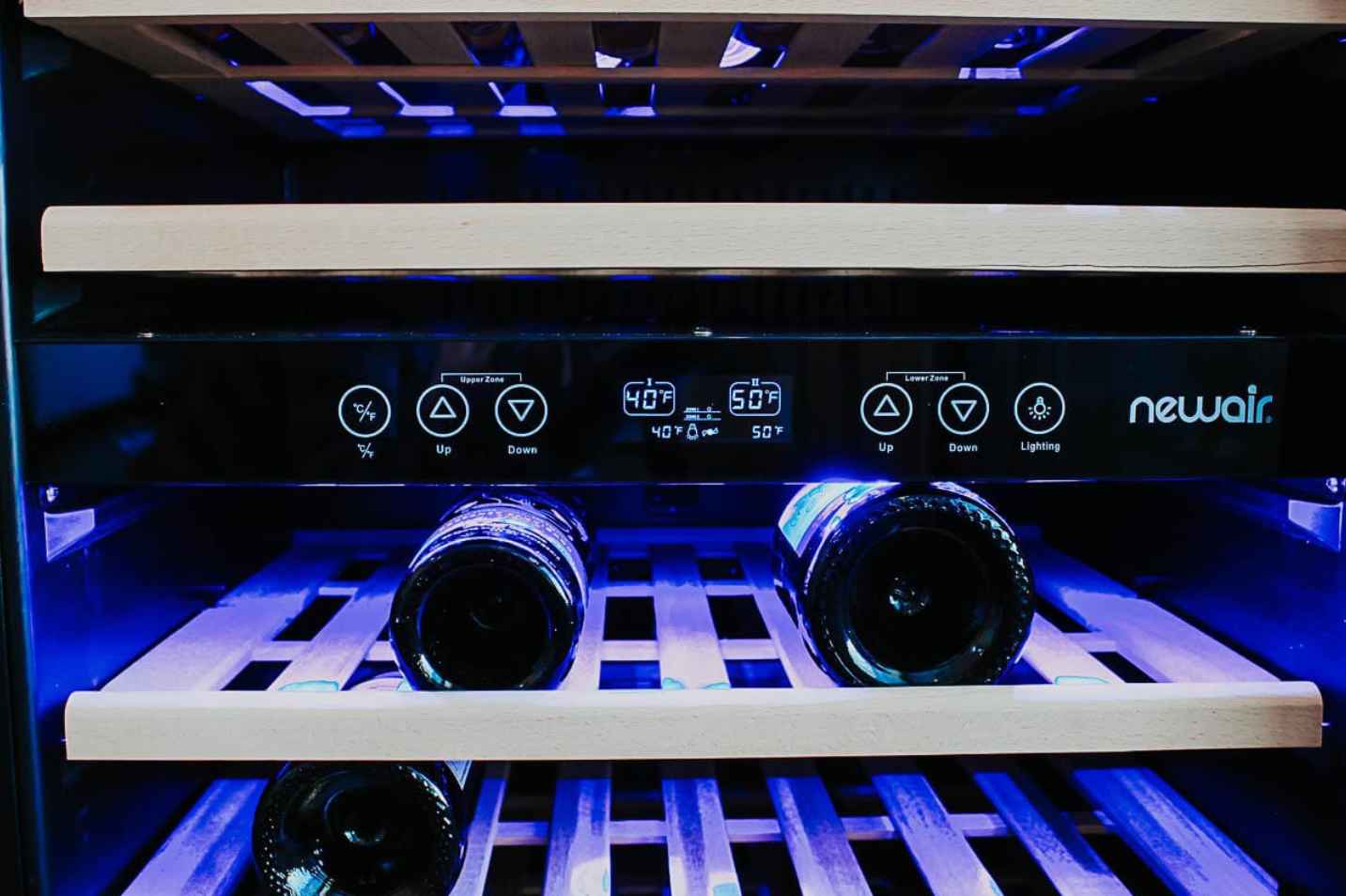
You could consider this second tip on our list as the most important among the rest. And why is that so? Because hot temperature is the number one enemy of wines. The ideal temperature for proper temperature is around 45 to 65 degrees Fahrenheit.
Once the temperature exceeds 70 degrees Fahrenheit, the wine will age faster than usual. On top of that, if it gets too hotter, you will find your wine cooked with bland and dull flavors and aromas.
In addition, regardless of the label, variation, or type of your wine, never put your wine on a temperature below 25 degrees Fahrenheit. Significantly lower temperatures could freeze the wine.
Further, one should maintain temperature storage stable as much as possible. Temperature drops will let the cork contract and expand, allowing the wine to absorb too much air.
3. Keep Wine from Direct Sunlight
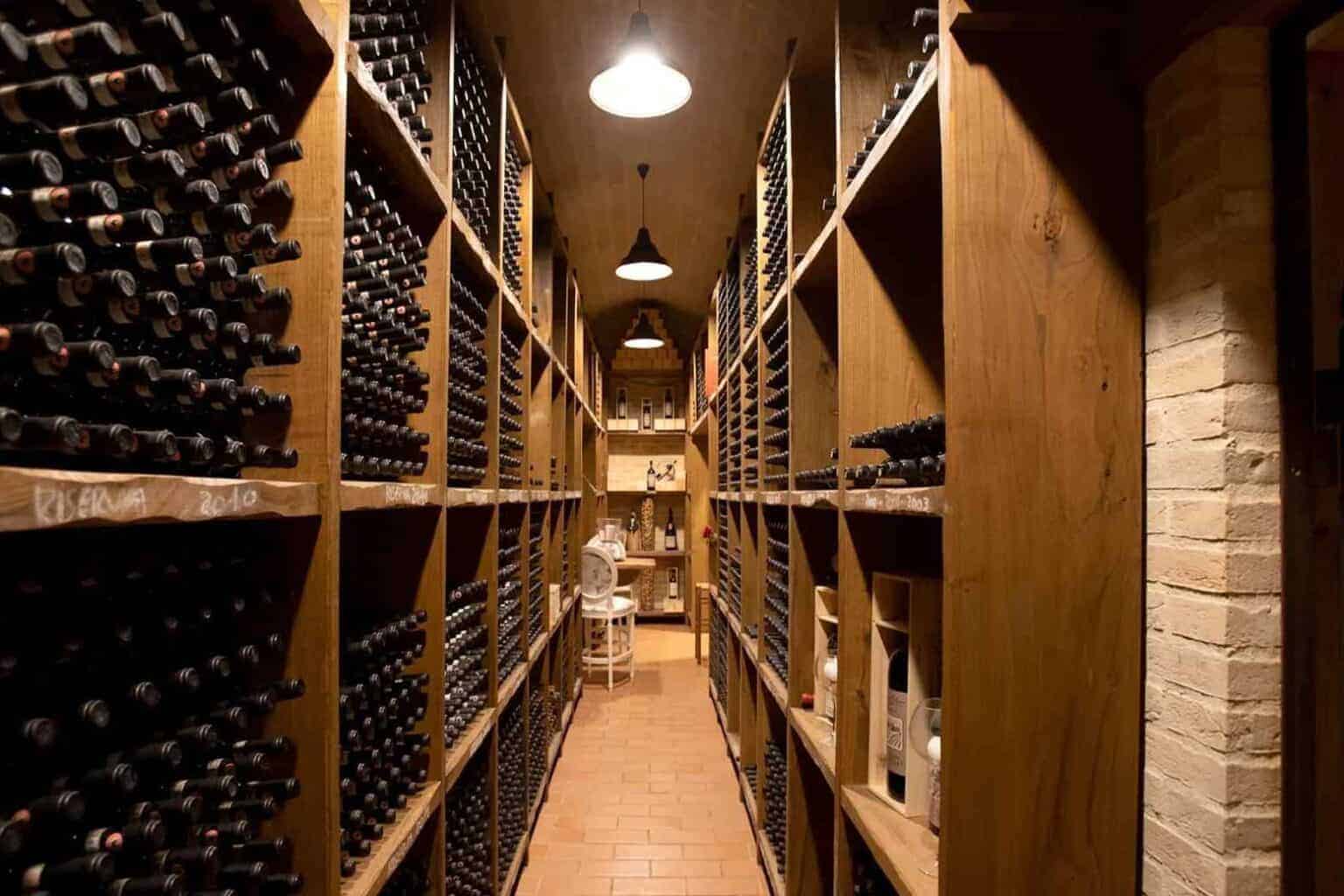
Usually, lights, particularly sunlight, will cause a massive problem for wine storage. The truth is the sun’s ultraviolet rays can age wine and degrade its quality. Light prevention is why we find wines stored in colored glass bottles.
So, keeping the wine inside a dry, dark place away from sunlight or artificial lighting would be better. Doing this can help preserve the wine’s taste and quality. But if the light is something you can’t avoid, it will be helpful to wrap your wine using a cloth or put it inside a box.
4. Put Wine Inside a Wine Fridge
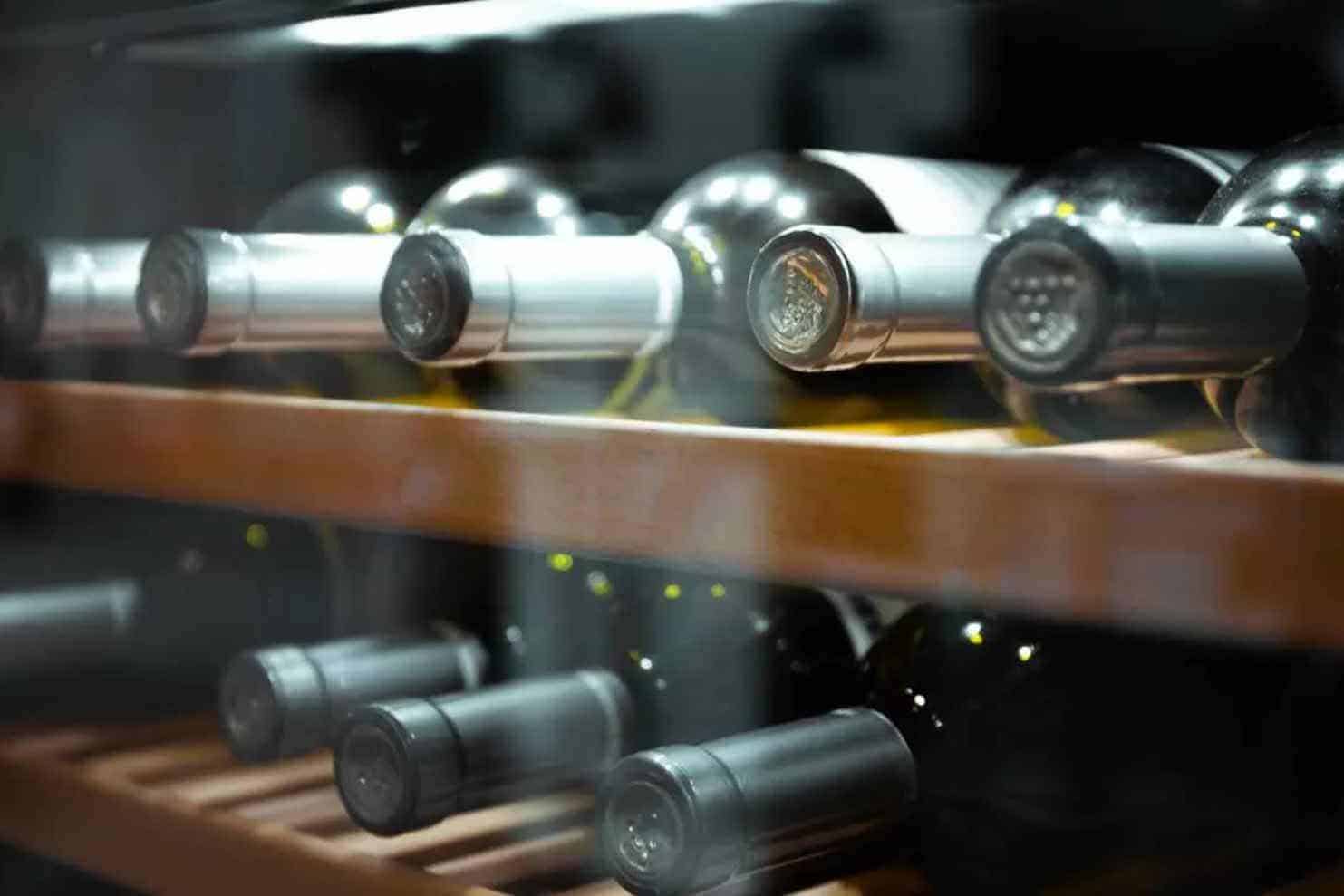
Suppose you don’t have a wine cellar that is dark, cool, and moist. Then, a wine cooler would be a brilliant idea.
Unlike the usual refrigerator found in most houses, a wine fridge can store your wine at the correct temperature and humidity. On top of that, keeping your wine in a separate wine cooler will avoid contamination from food odors.
5. Store Your Wine in a Horizontal Position
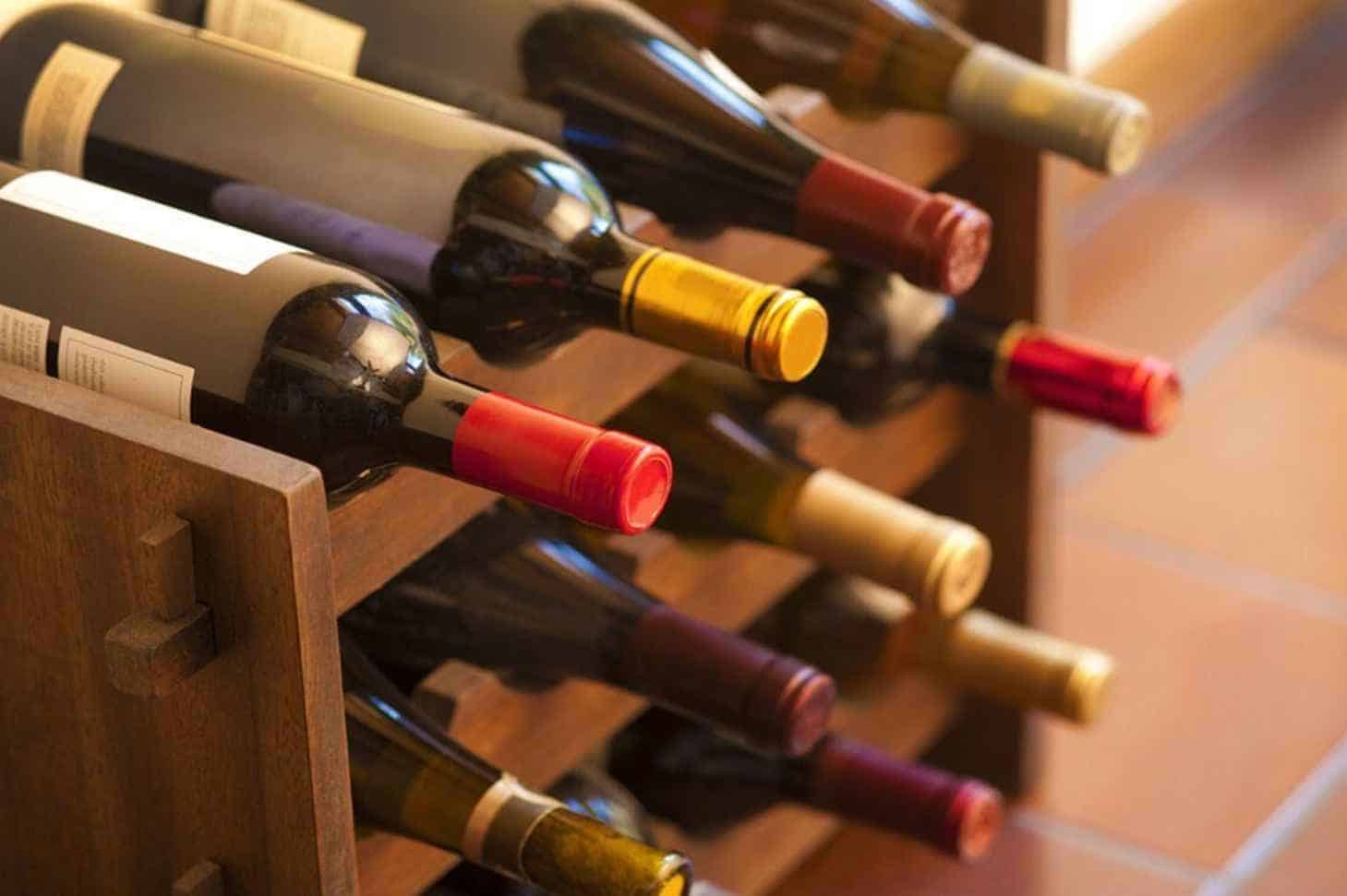
Contrary to the popular belief that wines should be in a standing position to save space, it would be best to keep your wine sideways. You could place your wine horizontally, side by side, on a wine rack.
Placing wine bottles in a horizontal position will make the cork wet and moist, the key to wine’s long-term storage. On the other hand, if the wine’s cork is dry, it will eventually spoil the wine. So, horizontal storage is the best thing to do for better space and convenient access.
6. Avoid Placing Wine in Extreme Humidity
Humidity is another factor that can profoundly affect the wine’s quality and storage for a long time. When the wine is exposed to higher humidity, this will cause the labels to peel off. On the other hand, lower humidity can dry the corks out, making them vulnerable to oxygen.
The standard humidity for wine storage is around sixty to sixty-eight percent. If it goes above 70 percent, wines could develop molds.
7. Know the Wine’s Expiration Date
As you may be aware, not all wines are meant to last or age. Most of the wines we can find on the market would not stay good for years. While you may not find an expiration date on your wine bottle, consuming them within a short time would be safer.
8. Prevent the wine from Constant Shaking & Vibrations
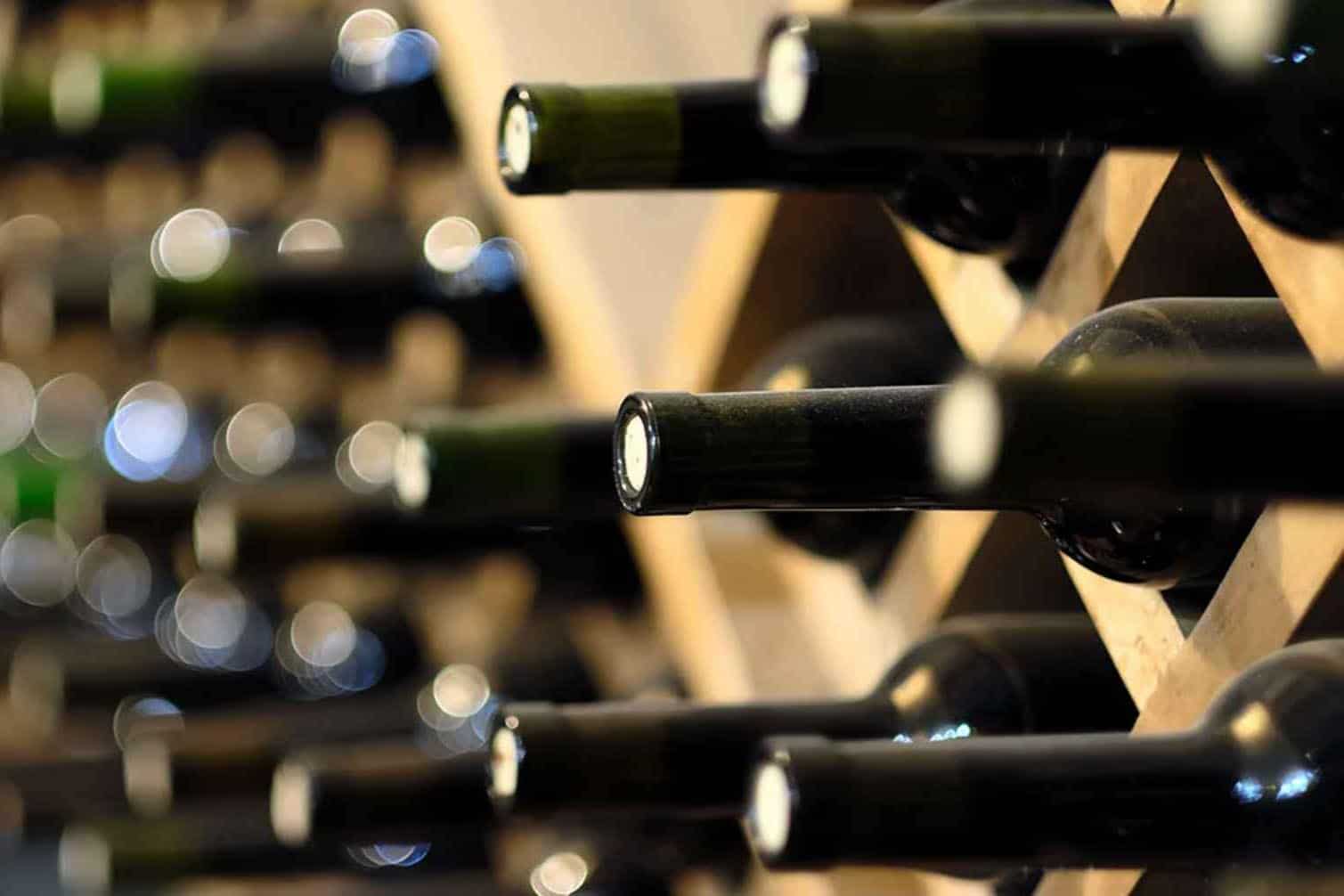
The next on our checklist would be keeping your wines from continuous shakings and vibrations. Similar to lighting, regular shaking will cause the wine to age prematurely.
On top of that, always ensure that your wine is away from the usual vibrations caused by stereo speakers, washer, dryer, or exercise area. While one may not be aware, vibrations can impact the wine’s flavor and disrupt its fine and delicate process to age favorably.
9. Serve Your Wine at the Right Temperature
Once you decide to drink the wine, offer it at its proper serving temperature. For instance, it will always be best to serve red wines at room temperature of fifty-eight to sixty-five degrees Fahrenheit.
Meanwhile, white wines would be better if it’s chilled at around forty-five to fifty-five degrees Fahrenheit. Serving the wine in a room with an adequate temperature will keep the wine’s excellent aroma and flavor.
10. Eliminate Wine’s Exposure to Oxygen
Finally, one of the most crucial things regarding wine storage is eliminating oxygen from your wine bottle. This last tip would be applicable in storing opened or leftover wines.
Once the cork is popped open, you should seal its opening tightly to keep the wine fresh. If it becomes difficult, it will be better to use wine stoppers. This thing will remove excess air from the bottle before you seal it for storage.
Do you want a quick overview of the best tips on how you can store and keep your wine? Watch this video.
Frequently Asked Questions on Wine Storage
Now, let’s stay in the loop and discuss further the most frequent questions on the web about proper storage. Since wine preservation is essential, we dedicated the latter part of this article to you. So, keep on reading!
Can I store and keep my wine inside the refrigerator?
While keeping wine inside the fridge may be a convenient solution, the refrigerator is not the ideal place for wine storage. The standard refrigerator in most households does not offer optimum temperature conditions for wines. At the most, you can only keep wine inside the fridge for two to three days.
How long can I store my wine in an upright position?
The regular time frame you can store wines in an upright position ranges from two to seven days. Keeping your wine in a standing manner for extended periods can affect its overall quality. It has a vinegar-like quality rather than an aromatic, delicate flavor.
Always remember that when the wine bottle is in an upright position, the wine will not hit its cork. As a result, the pin will dry out, resulting in a damp, decayed wine. So, it will be best to store wines sideways for convenience and full access.
What is the most excellent angle to preserve and store wine?
Always keep your wine bottles horizontally at 45 degrees for the storage angle. Doing this will preserve the wine in proper contact with the pin, making sure that the wine will absorb no air or oxygen.
Can I keep my wine bottles upside down?
Yes, you can store bottles in an upside-down position. While horizontal is an excellent option, keeping your wine bottles upside-down is acceptable and effective since it can allow the cork to be moist and wet. However, since there would be additional pressure, it will be best to watch out for any leakage on your wine bottles.
Final Word on Wine Storage & Preservation
Following these tips we provided for you can help you store and preserve your wine correctly. A wine cooler will be a significant investment if you want a personal wine collection. But of course, a wine fridge often comes with a hefty price.
But you don’t have to worry about wine storage anymore. Keeping these ten easy wine storage tips in mind would make your life much easier, allowing you to drink your wine in its most refined and freshest aroma.
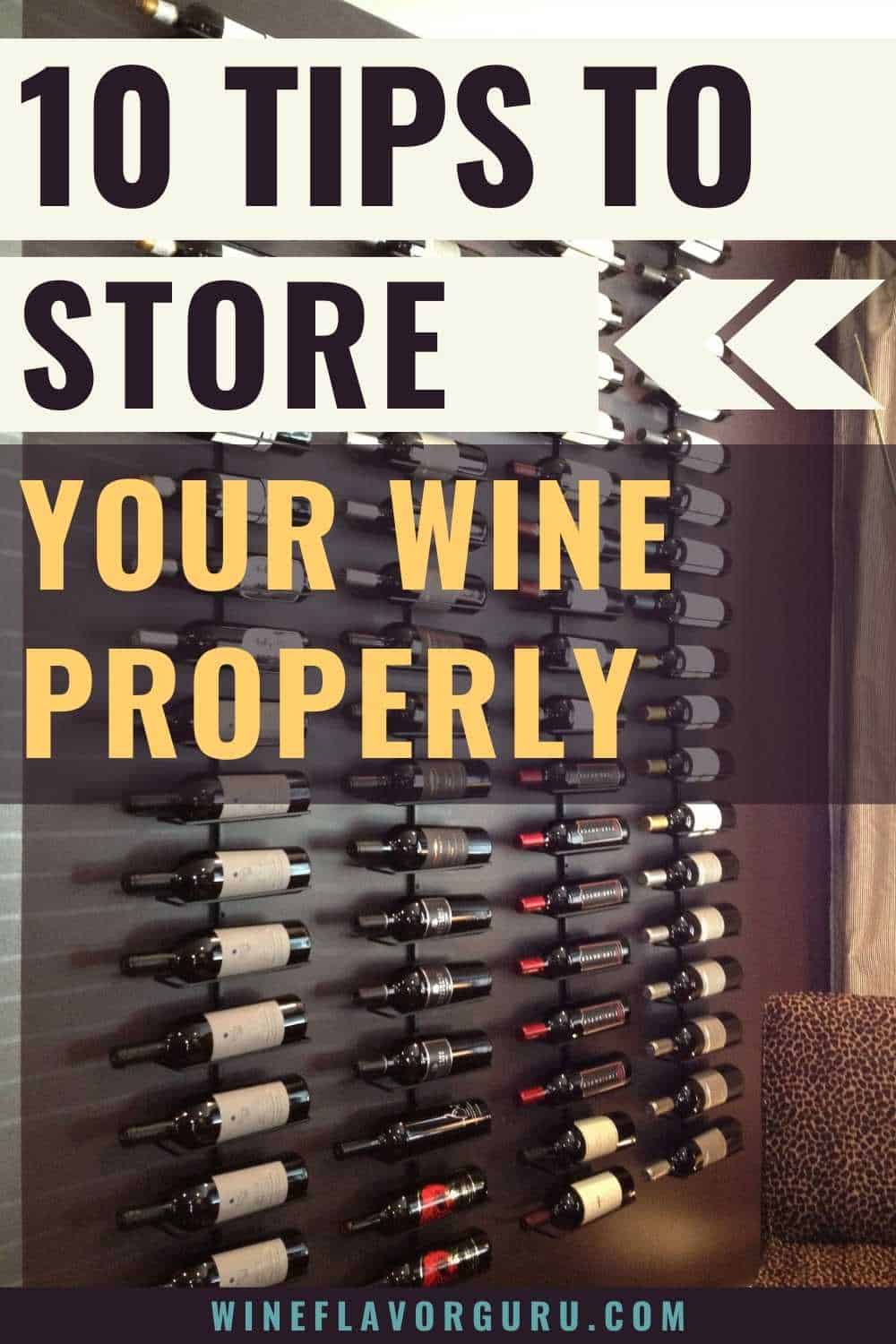

George Moore, co-founder of Wine Flavor Guru, is a charismatic entrepreneur with a rich background in California’s wine industry. Alongside Sylvia, he transformed a Sonoma County vineyard into a source of premium wines. George’s expertise in sourcing exceptional grapes and his approachable style make wine appreciation both accessible and engaging.
